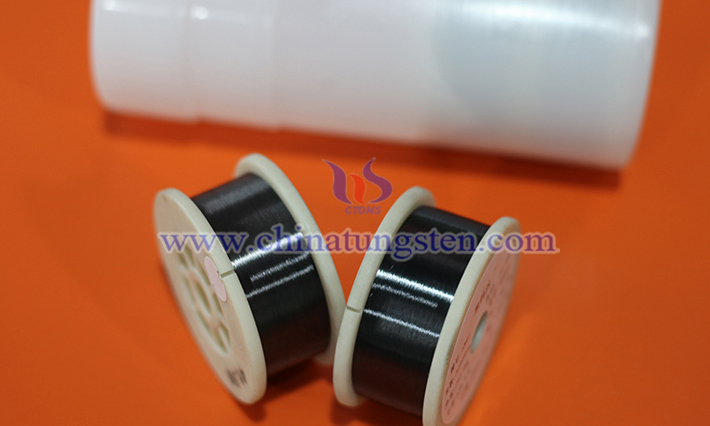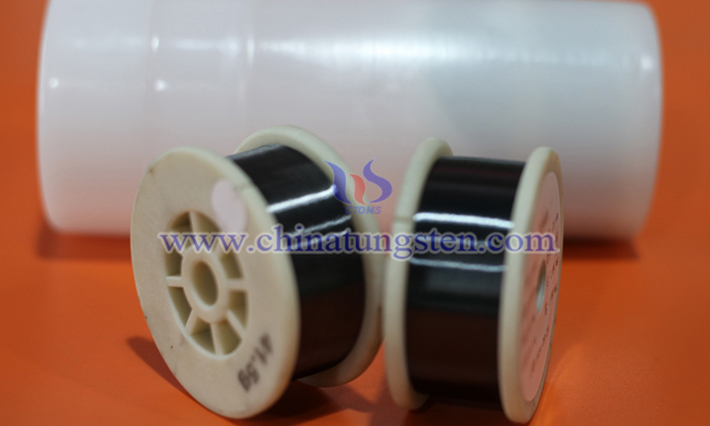Applications of Tungsten Wire in Fiber Optic Illumination
- Details
- Category: Tungsten Information
- Published on Wednesday, 13 August 2025 15:38
Due to its high melting point, high-temperature resistance, and excellent luminous properties, Tungsten Wire plays a vital role in fiber optic illumination. Fiber optic illumination utilizes optical fibers to transmit light signals, providing efficient and precise lighting solutions for fields such as medicine, industry, and scientific research. As a core component of traditional light sources, Tungsten Wire plays a key role in these systems.
1. Characteristics and Advantages of Tungsten Wire
Tungsten Wire has a melting point as high as 3422°C and can operate stably at high temperatures, making it suitable as a light source for incandescent or halogen lamps. Tungsten Wire lamps produce white light by heating the filament with an electric current. The color temperature typically ranges from 2700K to 3200K, close to natural sunlight, making it suitable for applications requiring a high color rendering index. Furthermore, Tungsten Wire lamps offer a continuous spectrum that covers the visible light range, providing uniform light output and meeting the requirements for light source stability and spectral quality in fiber optic systems.

2. The Role of Fiber Optic System Illumination
In fiber optic systems, Tungsten Wire lamps serve as light sources, transmitting light to the target area through optical fibers. Their primary applications include:
Medical: For example, in endoscope illumination, Tungsten Wire lamps transmit high-brightness light through optical fibers into the human body, providing a clear field of view and facilitating diagnosis and surgical procedures. The high color rendering of Tungsten Wire light sources ensures the faithful rendering of tissue colors.
Industrial Inspection: Tungsten Wire light sources combined with optical fibers can be used in precision inspection equipment, such as microscopes or machine vision systems, to provide stable illumination for detecting minute defects.
Research and Experimentation: In spectral analysis or optical experiments, the continuous spectrum of Tungsten Wire lamps provides a broadband light source for fiber optic systems, meeting the needs of multiple wavelengths.

3. Technical Advantages and Challenges
Tungsten Wire light sources have the advantages of low cost, mature manufacturing processes, and stable light output. However, they are energy inefficient and generate a lot of heat, requiring a cooling system. Furthermore, Tungsten Wire lamps have a relatively short lifespan (typically 1000-2000 hours), and may require frequent replacement in fiber optic systems used for extended periods. In recent years, LED light sources have gradually replaced some Tungsten Wire applications due to their high energy efficiency and long life. However, in some scenarios that require high color rendering and a wide spectrum, Tungsten Wire light sources are still irreplaceable.
- Chinatungsten Online: www.tungsten.com.cn
- CTIA GROUP LTD: en.ctia.group
- Tungsten News & Price: www.ctia.com.cn
- Molybdenum News & Price: news.molybdenum.com.cn
- Tel.: 86 592 5129696; Email: sales@chinatungsten.com